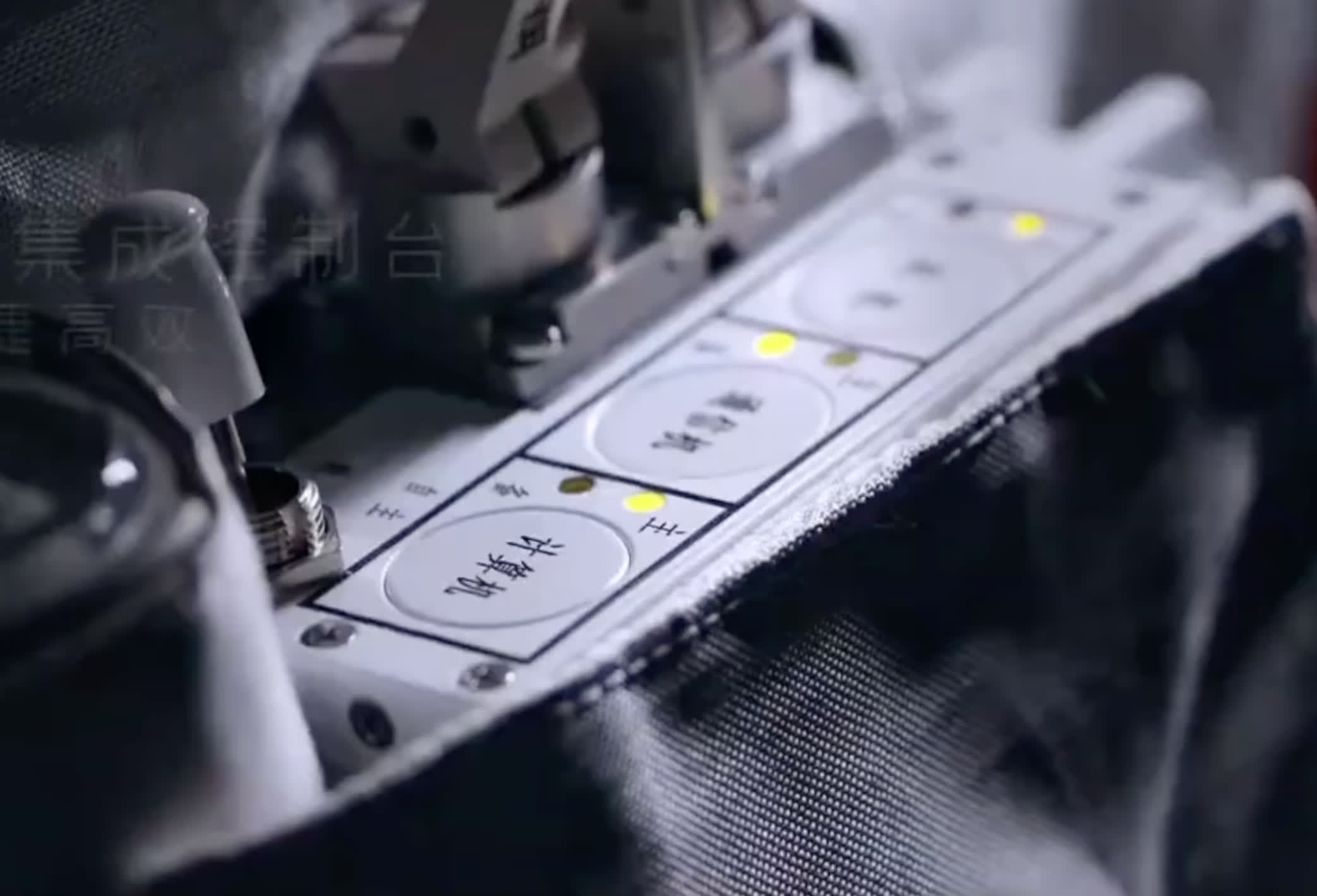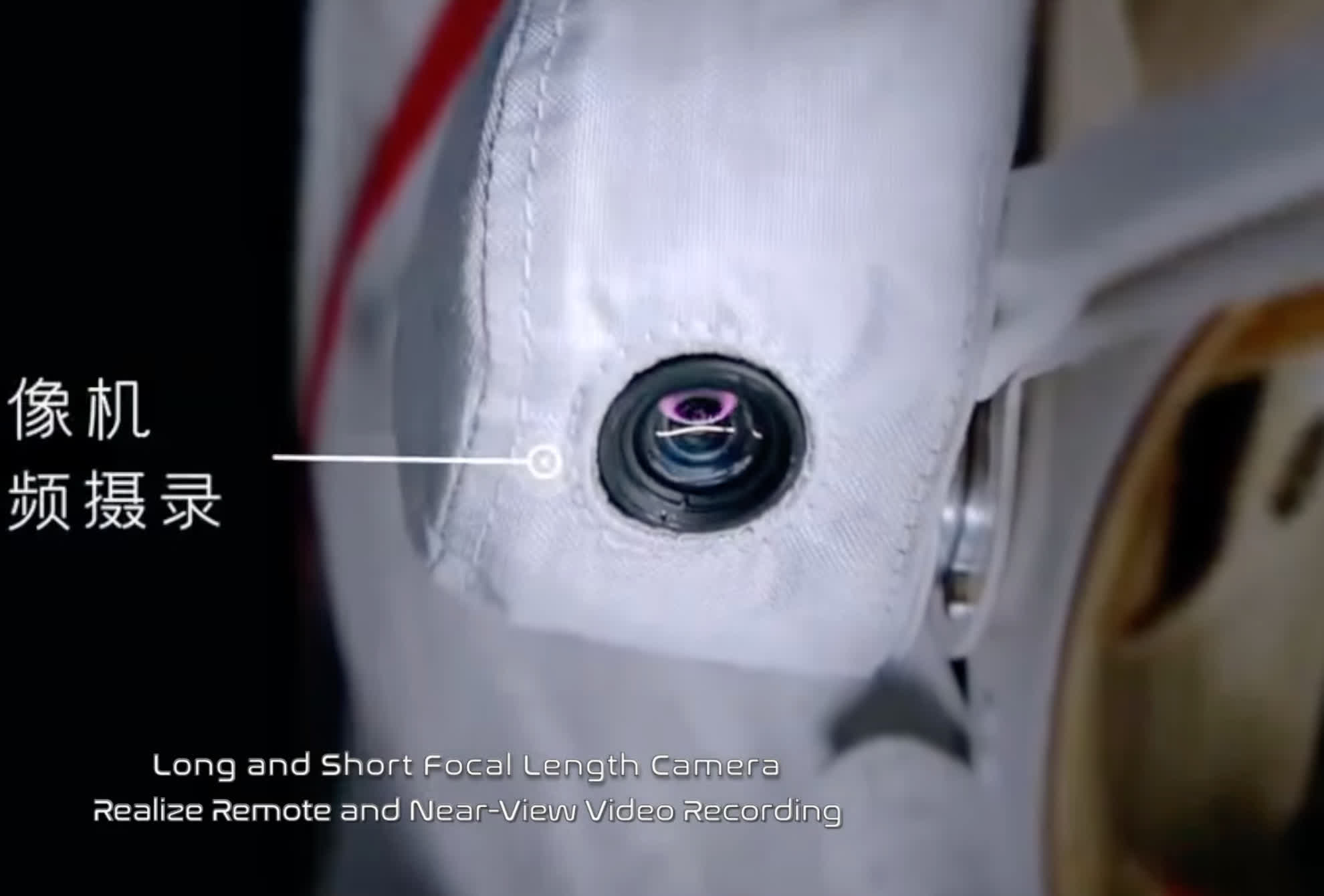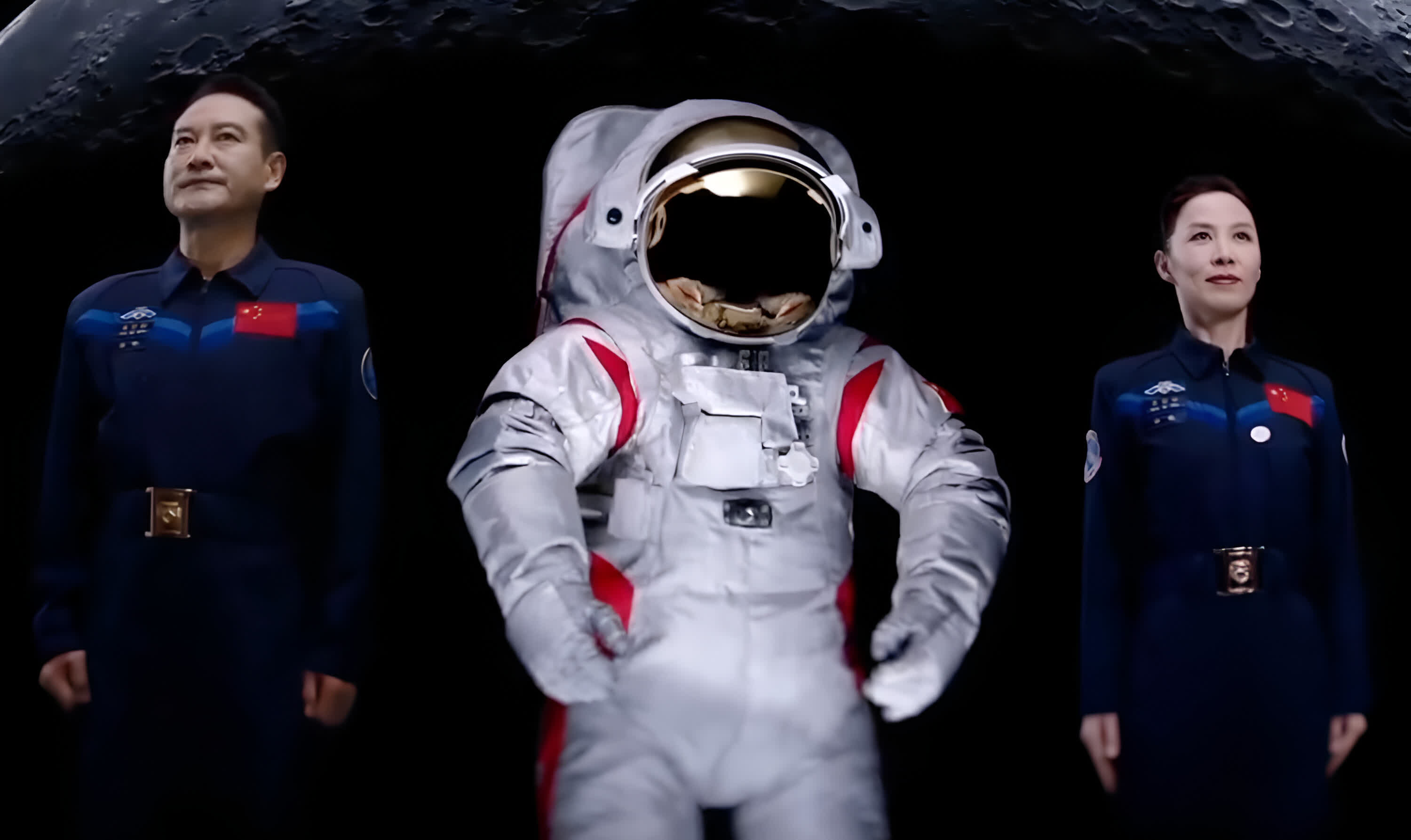Forward-looking: China is ramping up its ambitious plans to put astronauts on the lunar surface by 2030, and ahead of that, the country has unveiled a sleek new spacesuit for the mission. The lightweight suit is designed to be a blend of modern technology and cultural inspiration.
The China Manned Space Agency (CMSA) unveiled its lunar spacesuit on Saturday after four years of research and development. According to state broadcaster CCTV, the suit will enable astronauts to walk, climb, drive rovers, and conduct various scientific activities during future missions.
The suit is said to be tough and durable, crafted from a fabric designed to protect against heat and lunar dust. Mobility is also a key focus, with special joints at the knees to facilitate movement in the low-gravity environment.

In addition to being noticeably slimmer than bulky spacesuits used for previous moonwalks, the Chinese version is packed with advanced technology. The helmet features a panoramic anti-glare visor along with separate long- and short-focal-length cameras. A control console mounted on the chest connects to the suit's key systems, including communications.
The designers also put significant thought into the aesthetics, adding red accents to the white suit in just the right places. For instance, red straps along the legs are meant to evoke the fiery trail of a rocket blasting off into space.

With the design finalized, CMSA has launched a public contest to name its new lunar suit, aiming for a title that captures a blend of heritage and cutting-edge technology.
China is serious about sending its first crewed missions to the lunar surface before 2030. The plan involves launching two Long March 10 rockets – one carrying astronauts in a crew capsule, and the other transporting an unmanned lunar lander. The two vehicles will dock in orbit around the Moon, after which the lander will descend, allowing two astronauts to conduct surface activities for a few hours before rejoining their third crewmate for the journey back to Earth.
China isn't alone in its renewed push to send humans back to the Moon. NASA is also working toward the first crewed lunar landing since the last Apollo mission in 1972, under the Artemis III program, potentially placing astronauts at the lunar south pole by 2026 or 2027.
In just a few years, we could witness the remarkable sight of American and Chinese astronauts exploring different regions of the Moon. This may spark a new scientific rivalry for lunar dominance and usher in a new space race.
